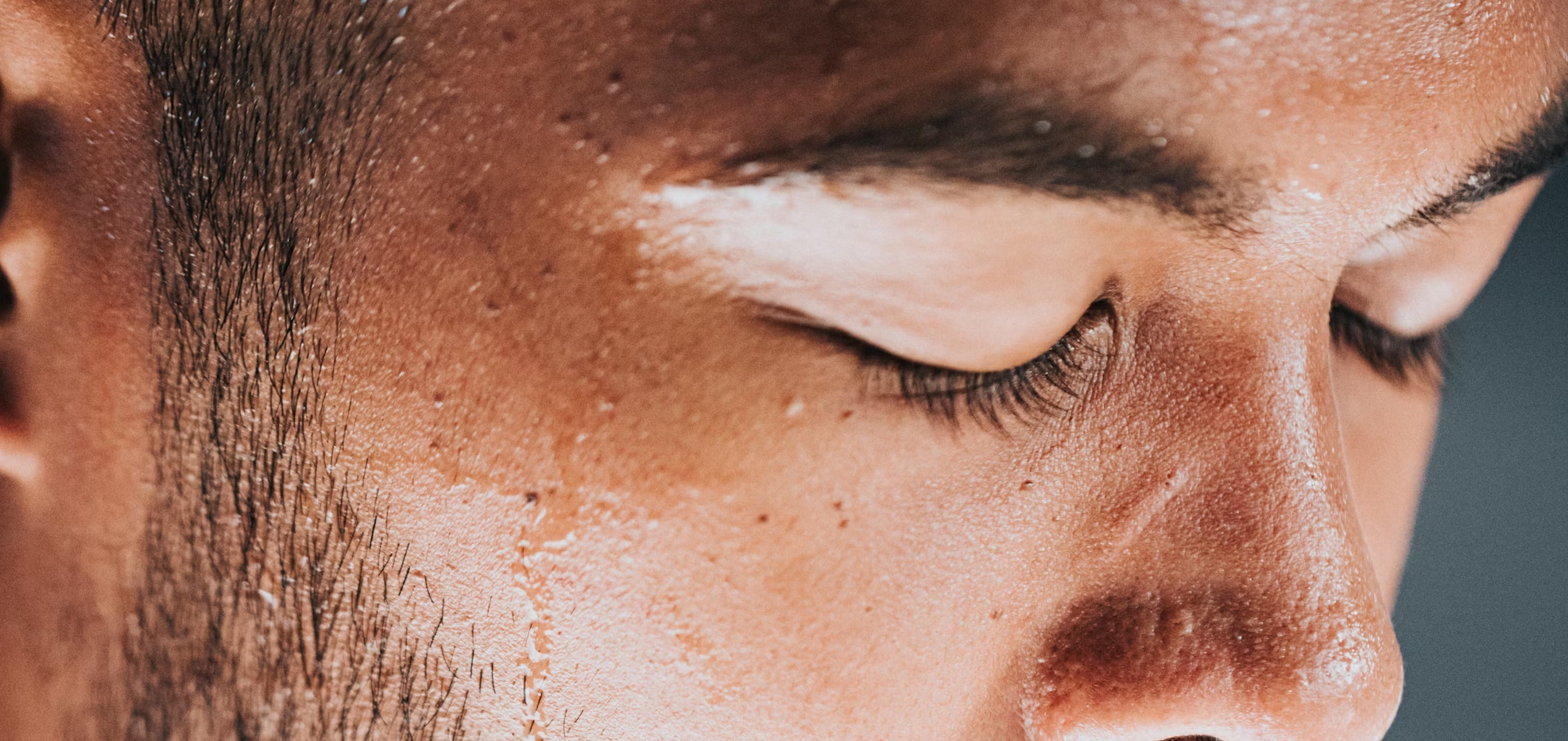Sweating is a natural and essential function of the human body. It serves to regulate body temperature and prevent overheating, especially during physical activity or in hot conditions. However, many people have heard the myth that sweating can help you burn fat and lose weight. You’ve likely seen advertisements promoting saunas, sweat-inducing clothing, and intense workouts that promise significant fat loss through perspiration. But is there any truth to this claim? Let’s take a closer look at the science behind sweating and fat loss.
What is Sweating?
Sweating occurs when the body’s sweat glands produce moisture (sweat) to cool down the body. This process is vital for thermoregulation, helping to maintain a stable internal temperature. Sweating is triggered by factors such as physical activity, high ambient temperatures, stress, and even certain foods or beverages.
Does Sweating Burn Fat?
The simple answer is no—sweating does not directly burn fat. The fat-burning process occurs primarily through calorie expenditure, typically involving physical activity that increases your heart rate and energy expenditure. When you engage in activities such as running, cycling, or weightlifting, your body burns calories for energy. If you’re in a caloric deficit (burning more calories than you consume), your body will start to utilize stored fat for energy, leading to fat loss over time.
However, sweating itself is a byproduct of these activities and does not play a direct role in fat metabolism. The amount you sweat doesn’t indicate how much fat you’re burning. It’s simply your body’s way of cooling off after exertion. While you may sweat more when you exercise in hot conditions or wear certain clothing designed to induce sweating, this doesn’t mean you’re burning more fat.
The Connection Between Sweating and Water Loss
One thing to keep in mind is that when you sweat, you’re losing water weight, not fat. This can lead to temporary weight loss, but it’s important to understand that it’s not the same as fat loss. As you rehydrate, the water weight will return, and your fat stores will remain the same unless you continue to burn calories through sustained physical activity and proper nutrition.
For example, many people use saunas to “sweat out” toxins or lose weight. While a sauna session can help you sweat and lose water weight temporarily, it does not directly impact fat loss. The same goes for products like sweat belts or “fat-burning” clothing designed to make you sweat more. While they may make you feel like you’re losing fat, all you’re losing is water, which will be replenished once you hydrate again.

What Really Reduces Fat?
If sweating isn’t the key to fat loss, then what is? Here are some factors that actually contribute to reducing body fat:
- Caloric Deficit: The most effective way to lose fat is by creating a caloric deficit—burning more calories than you consume. This can be achieved through a combination of exercise and a healthy, balanced diet.
- Exercise: Regular physical activity is crucial for fat loss. Cardiovascular exercises (like running, cycling, and swimming) help burn calories, while strength training (like weightlifting) increases muscle mass, which in turn boosts metabolism and fat-burning potential.
- Diet: Eating a healthy, balanced diet is essential for fat loss. Focus on whole foods like fruits, vegetables, lean proteins, and healthy fats while limiting processed foods, sugary drinks, and excessive carbohydrates.
- Rest and Recovery: Adequate sleep and recovery are also important for fat loss. Poor sleep can disrupt hormone levels that regulate hunger and metabolism, making it harder to lose fat.
Why Do Some People Sweat More Than Others?
Sweating is highly individual, and various factors determine how much someone sweats. These factors include genetics, fitness level, environment, and hydration status. People who are more physically fit tend to sweat more efficiently, as their bodies have adapted to regulate temperature more effectively during exercise. Additionally, people living in hotter climates or those who are more acclimated to heat may sweat more.

Conclusion
In conclusion, while sweating is a sign that your body is working to cool down during exercise or heat exposure, it does not directly correlate with fat loss. Fat loss occurs through consistent calorie burning, proper exercise, and dietary choices. Instead of focusing on how much you sweat during a workout or sauna session, concentrate on creating a sustainable, healthy routine that combines physical activity with a balanced diet to achieve long-term fat loss goals.
So, the next time you step into a sauna or put on a sweat-inducing outfit, remember that the key to reducing fat lies in creating a consistent calorie deficit and staying committed to regular exercise—not just in how much you sweat.
Check out this link for a comprehensive guide on how to stay fit
Check out this link for more information on the effect of sweat on exercise





Pingback: Top 4 Best Treadmills in 2025 For Home Use - FitBest
Pingback: Debunking The Myth: Do Negative Calories exist? - FitBest